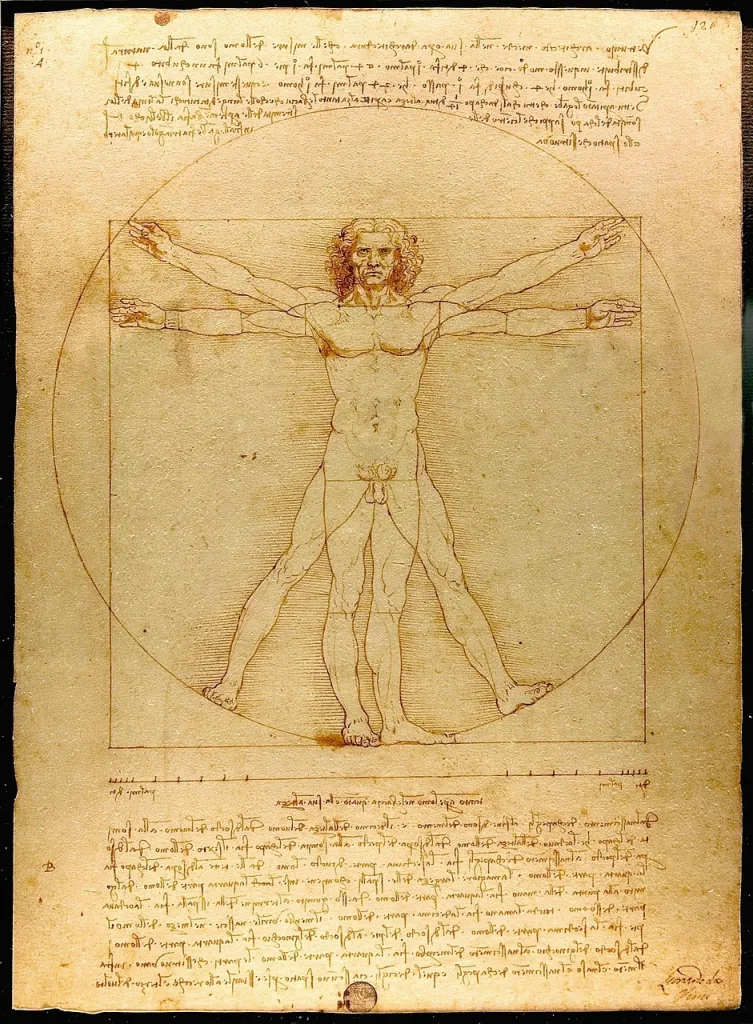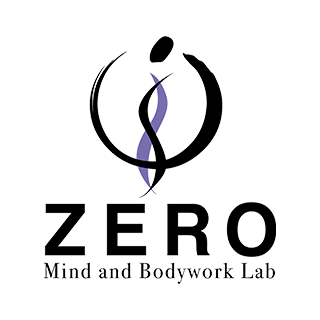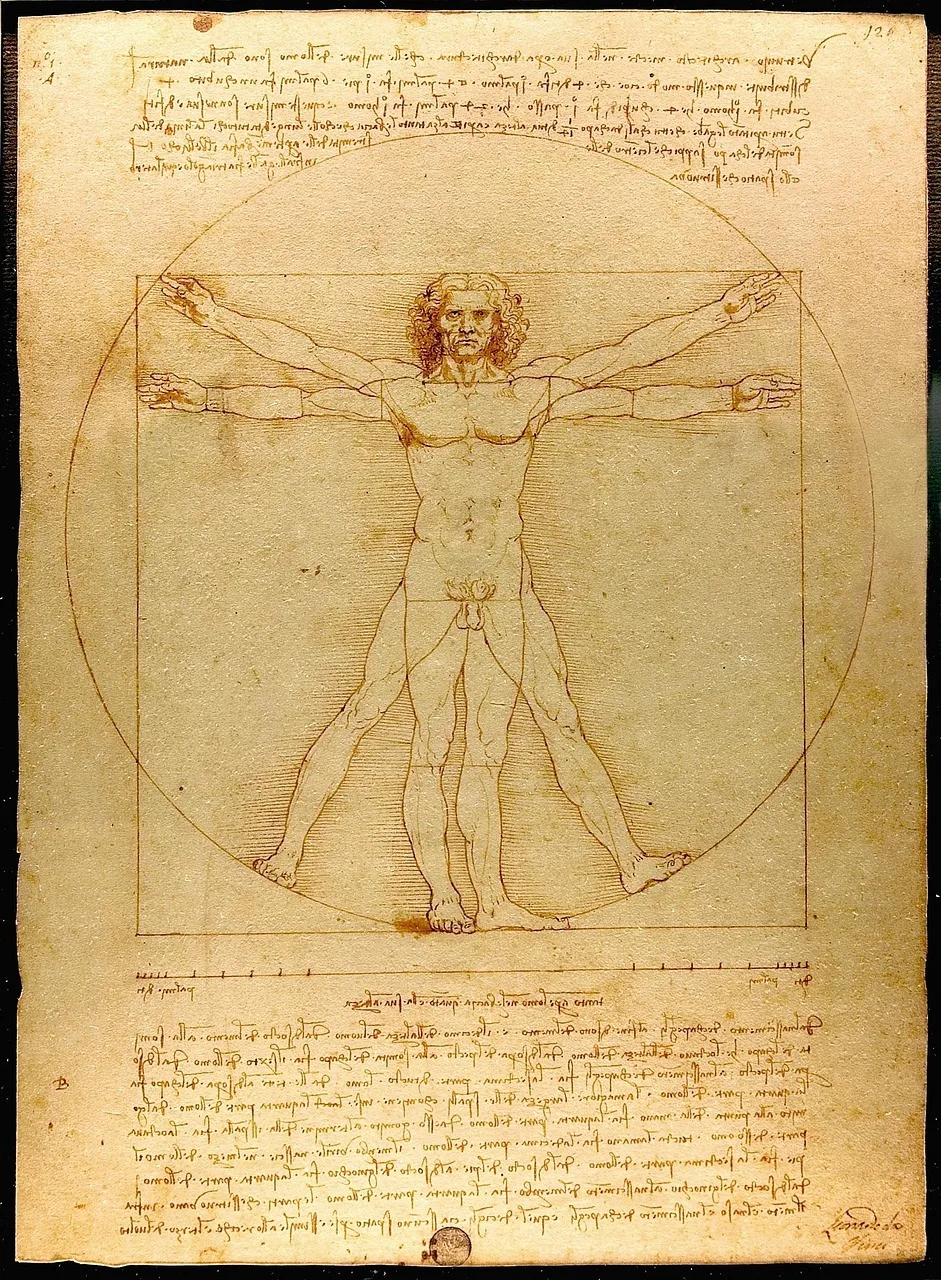Introduction
Hello, I’m Hidefumi Otsuka, offering Rolfing sessions in Shibuya, Tokyo.

Supporting the Process of Human Transformation: Insights from Rolfing and Coaching
At first glance, Rolfing and coaching may seem like entirely different practices—one focuses on the body, the other on language. However, they share a fundamental question:
“How can we support the process of human transformation?”
Having studied Co-Active Coaching at CTI (The Coaches Training Institute) in 2009, I delved deep into coaching skills and eventually encountered Rolfing. Despite their apparent differences, both modalities engage with the theme of “transformation.” This series explores Rolfing and coaching through the following seven perspectives:
- Neutrality and Presence
- The Four Cornerstones
- The Three Principles and Their Correspondence with the Rolfing 10-Series
- Managing the Process Between Sessions
- The Quality of Relationships (Designed Alliance / Right Relationship)
- Comparing Skills (CTI’s Five Skills and Rolfing Techniques)
- Summary
Throughout this series, I aim to examine transformation from multiple angles—touching, questioning, listening, and being. By comparing Rolfing, which works through the body, and coaching, which reaches deep through language, I hope to provide insights into the nature of human transformation.
In this third installment, I will explore how CTI’s Three Principles (Fulfillment, Balance, Process) correspond to the three structural phases of the Rolfing 10-Series (Sleeve, Core, Integration), offering my own hypotheses on their alignment.
Understanding the Rolfing 10-Series
Dr. Ida Rolf viewed the human body not as a static form but as an entity that maintains itself dynamically in relation to gravity:
“In human structure, there is a superficial sleeve, and there is a core… The sleeve is made up of the outer layers of myofascia. The core comprises the more interior structures.”
— Rolfing, p. 56
“In order to have order, there must be balance between the sleeve and the core. But true integration is something more: it is the body as a whole relating to gravity in a dynamic, adaptable way.”
— Rolfing, p. 66
I propose that the path of transformation indicated by CTI’s Three Principles aligns with the structural approach of the Rolfing 10-Series as follows:
| CTI Principle | Rolfing Phase | Structural Focus | Common Theme |
|---|---|---|---|
| Fulfillment | Sessions 1–3 | Sleeve (Superficial) | Reconstructing breathing, grounding, and connection with the world |
| Balance | Sessions 4–7 | Core (Deep) | Choosing from the center; restoring internal direction |
| Process | Sessions 8–10 | Integration | Coordination between Core and Sleeve; free self-expression |
Detailed Exploration of Each Phase
1. Fulfillment × Sleeve (Sessions 1–3)
Reconnecting with Breath and Openness to the World
In Co-Active Coaching (4th ed.), Fulfillment is defined as:
“Fulfillment is the experience of living a life grounded in what matters most.”
— Co-Active Coaching, p. 13
Achieving this experience necessitates a reconnection with oneself.
In Rolfing, Sessions 1–3 focus on freeing the Sleeve (superficial structures) through work on breathing (Session 1), grounding (Session 2), and body contours (Session 3). This enables clients to experience themselves as “bodies open to the world.”
Commonality: True desires, values, and direction emerge only through a “sensitive body.”
Client Testimonial:
“After the first session, I felt a sense of lightness in my body that I hadn’t experienced in years. Breathing became easier, and I felt more connected to my surroundings.”
— Client A
2. Balance(バランス) × Core(4〜7回)2. Balance × Core (Sessions 4–7)
Freedom and Direction from the Center
“Balance is the ability to consider a situation from multiple perspectives, to make powerful choices, and to take decisive action.”
— Co-Active Coaching, p. 14
This state allows for intentional life design through increased perspective and choice.
In Rolfing, Sessions 4–7 develop the Core (deep structures), evoking a sense of standing with gravity. Aligning the center supports conscious “internal choices.”
Commonality: Having a center enables choice, grounding actions in “inner will.”
Client Testimonial:
“Through the mid-sessions, I discovered a newfound stability. Decisions became clearer, and I felt more aligned with my inner self.”
— Client B
3. Process × Integration (Sessions 8–10)
The Power to Exist Amidst Fluctuations and Move as a Whole
“Process is the ability to be with what is, to stay present to emotional experience, and to allow the unfolding of life.”
— Co-Active Coaching, p. 15
Here, “being” itself is considered powerful, rather than seeking solutions.
In Rolfing, Sessions 8–10 involve dynamic integration of Core and Sleeve, fostering the ability to maintain wholeness amid change.
“True integration is not a fixed posture but a dynamic adaptability to gravity.”
— Rolfing, p. 68
Commonality: An integrated being possesses the strength to remain amidst change without fear.
Client Testimonial:
“By the end of the series, I felt a harmonious connection throughout my body. Movements became effortless, and I embraced life’s changes with grace.”
— Client C
Conclusion: Integration as the Power to Be Fully Present
As Ida Rolf stated:
“Integration is not an end-state. It is a capacity to relate.”
— Rolfing, p. 70
Similarly, Co-Active Coaching emphasizes that transformation begins with “Being” and “Relationship.” Change is not about “fixing” but about “living oneself in harmony with the world.”
Coming Up Next
In the fourth installment, I will focus on managing the process between sessions, comparing CTI’s Forward & Accountability with Rolfing’s self-organizing processes.
References
- Dr. Ida Rolf (1977). Rolfing: Reestablishing the Natural Alignment and Structural Integration of the Human Body for Vitality and Well-Being. Healing Arts Press.
- Henry Kimsey-House et al. (2018). Co-Active Coaching: The Proven Framework for Transformative Conversations at Work and in Life (4th ed.). Nicholas Brealey.
- Jeff Maitland (2017). Embodied Being: The Philosophy and Practice of Manual Therapy. North Atlantic Books.

